“Corteo is a story about a funeral but it’s not a sad story”: Olaf Triebel on Cirque du Soleil’s Corteo at Royal Albert Hall
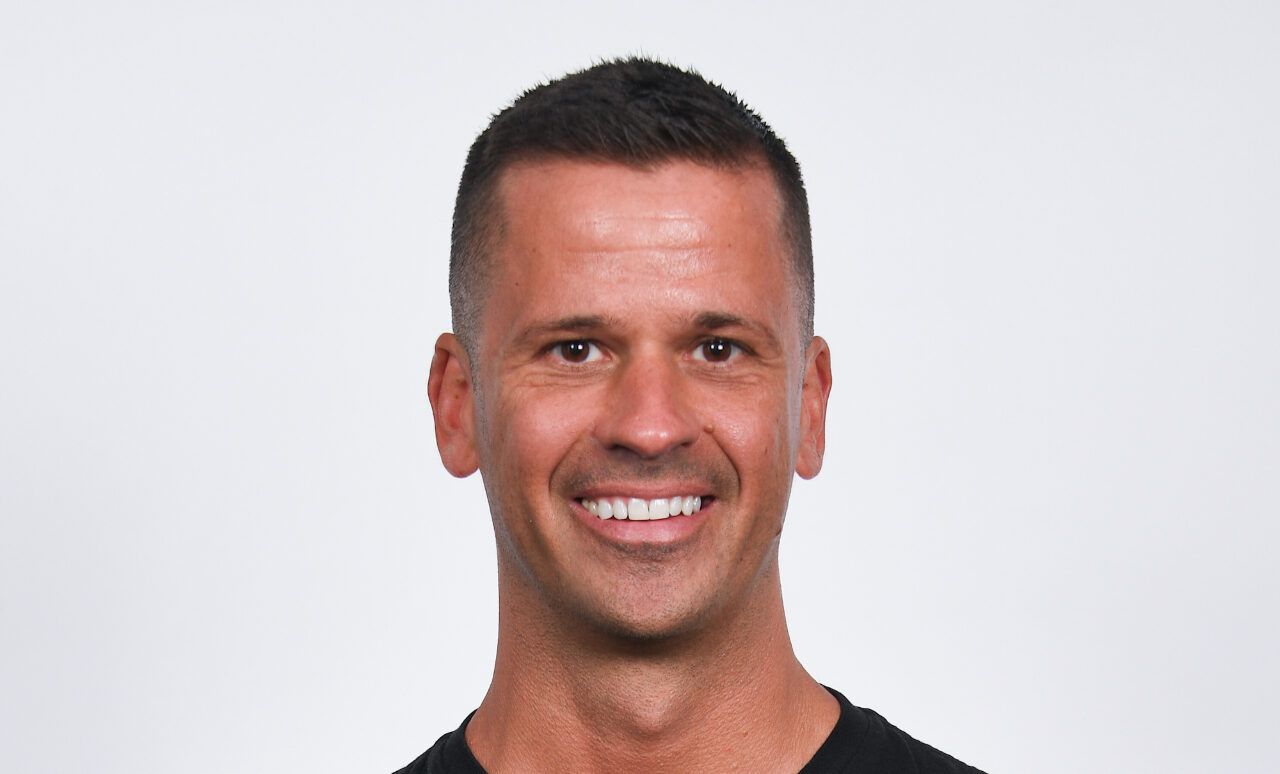
Next year, 2025, marks the 20th anniversary of Corteo. What a moment to have the production returning to London. What are your expectations for this residency at the Royal Albert Hall?
I think all of us here on tour are very excited to get to London – it’s going to be magical. It feels like the show has been created with the Royal Albert Hall in mind somehow, so it’s going to be so stunning to see the aesthetics of Corteo integrated with the aesthetics of the Royal Albert Hall. It’s going to be a once-in-a-lifetime experience for everyone on and off stage.
What was your first experience of Cirque du Soleil?
My very experience of Cirque du Soleil was in the early 90s when I was around 13 or 14 years old. I saw Saltimbanco in the Big Top in Dusseldorf, Germany. I was absolutely blown away by the combination of light, sound, costume, story and characters. I’ve been fascinated by Cirque du Soleil ever since!
What attracted you the most to this project, Corteo, and how did you get involved?
I got involved with Corteo about six months ago when I returned to work with Cirque du Soleil as an artistic director. I previously worked with Cirque du Soleil as an artist, but this is the first show that I’m taking care of as the artistic director. I worked on Luzia for a little while, which is another show by Cirque du Soleil, before Cirque approached me and asked if I’d be interested in taking over Corteo. That wasn’t a long reflection! As soon as they asked, it was a very obvious yes! I saw the show when it opened in 2005 at the Old Port in Montreal, and I’ve been a fan ever since, so I’m very excited to be working on the show.
Tell us a bit about yourself. How did you first fall in love with the circus?
I was always fascinated by the circus, even as a young child at the ages of nine and ten. In Germany, there are still a lot of family circuses, where parents tour with their kids, spouses and grandchildren. They tour in a small tent, which they set up for a few days and then move on. My mother would take me to see the circus, the smaller ones and the bigger ones, so there was always this fascination about it. When I was around ten years old, in the City of Hagen in Germany, which is where I grew up, they created a circus school programme for kids who didn’t go on holiday. When I heard about it, I knew right away that this is what I wanted to do. I got in, and that’s when I got addicted to circus! From the age of ten until 16, I was training with this youth circus. We trained for two hours a week on a Friday afternoon in a tiny room! The internet and YouTube weren’t a thing yet, so we would go to watch the circus, and then try and figure out how they did it. That’s how it all started, and it became a snowball effect – we trained more, we wanted to get better and we watched more shows. This is definitely where I fell in love with the circus!
How many years of training did it take you to excel in hand balancing?
I started doing a little bit of hand balancing as a child, by myself in my living room or in the tiny little circus school! We never had any teachers – it was learning by watching someone do it. Once I got accepted into Circus School in Montreal, where I started in 2000, I studied there for four years. I would say I left the school at a good technical level, but it probably took another three to four years to really understand and excel in the technique of hand balancing. It’s a very complicated circus discipline to learn!
As an artistic director, what are the highs and lows of your role?
My favourite part of being an artistic director is working directly with the artists, integrating new artists and refreshing the show. Watching artists integrate a new trick that they have been training for weeks or months for is so special. Those are the moments that I absolutely love as the artistic director, I love to watch people succeed in the roles that they have on and off stage! I also love brainstorming ideas, thinking about how we can make minor moments in the show better, and how we can personalise them! When it comes to the lows, there is the obvious answer in that we are doing circus, which is dangerous. We are doing nine to ten shows a week, so there are injuries, but it’s hard seeing people going through the process of physiotherapy and working their way back onto the stage. At the same time, I’m always fascinated and have lots of respect for the artist who goes through the process of learning to train again, pushing their bodies to get back to the point where they were. We also see people leave after the end of their contract so those “see you down the road”s are definitely hard. It’s always a rollercoaster in the circus!
What is a day like in the run-up to the opening night? And what has the energy been like so far for Corteo?
I usually get up at around 7am and have breakfast in my hotel room. Then I go to the gym with some of the artists and train for myself for an hour or two, to get my body and mind ready for the day. I then go directly into the arena, have a quick bite to eat, and then the full day in the venue starts. I have meetings, there is stage time going on where we’re working on details for each act where we train new tricks, or integrate new artists who are joining us in London. We have dinner at around 7pm and the show starts at 8pm. Most nights, I watch the show from the audience or backstage, but some nights I watch it from a computer in the office while I’m working. The show finishes at around 9.15pm, I talk to the artists afterwards and then make my way back to the hotel, where I wind down by watching TV. Corteo is such a vibrant place to be. We have people from 28 different countries, speaking 20 different languages backstage. Getting to work with these different cultures and different personalities is amazing – it’s our own little city, the energy is hard to describe, in the best possible way!
What would you say are your top three acts in this show?
This might sound so stereotypical, but I don’t really have favourite acts in the show! It depends on the energy on the night – whether we’re trying something new, whether we have someone integrating into an act, and where I’m sitting. I could be sitting next to a family who doesn’t stop talking about a certain act, or I could see someone who is in awe of a certain performer. It really changes a lot! My favourite parts are those smaller moments where I see a specific interaction of two artists on stage, or someone has a special look on their face. When it all comes together, there is a tiny little moment of magic, that is what makes it all worth it! Corteo is all about those human interactions on stage – the artists are not fantasy creatures, they are being themselves up to a certain point, an exaggerated version of themselves in the storyline. When the emotional connection is there between the artists, or between the artist and the audience, I still get goosebumps!
I remember watching the production at the O2 Arena a couple of years ago, and, as I took my seat, with the curtains down, I couldn’t see the split stage. Only after a couple of acts did I realise it wasn’t a mirror, but the other side of the arena watching us, watching them. This double-space division is going to be a first at the Royal Albert Hall, what do you think makes it challenging for the artists and what opportunities does it open up?
The very special thing about Corteo is that the two-sided staging has two main effects on the audience. One is that everybody is much closer to the stage. Because the stage is in the centre of the hall, the audience is much closer and feels a greater connection to the performer. Secondly, it’s almost like we’re putting a mirror in front of the audience, and having them witness themselves watching the show. They get to see their own reactions, which gives them a little bit of the experience of what it’s like to be on stage. Because of the special set-up, performers can see the faces of the audience witnessing something funny or something absolutely fantastic when it comes to acrobatics or juggling. They see the faces of the audience, it amplifies what you already see, and what you’re already in awe of. To be able to bring this to the Royal Albert Hall, and to be the first show to actually divide the Hall into two sections, is really special. It may surprise the audience who have been there before, it’s really a different experience and feeling that you will leave Corteo with.
How many countries has Corteo toured to, and which countries would you like to bring it to soon?
Since the creation of Corteo in 2005, the show has performed in 22 different countries around the world. This year, we will perform in the Netherlands, Switzerland, Slovenia and France. After our London residency next year, we are looking forward to performing in Germany, Spain and Portugal.
The otherworldly atmosphere of Corteo edges at times dreamlike, and Mauro is always surrounded by fun and talented people. What is the secret for all the artists involved to deliver those vibes?
Corteo is probably the most human show of Cirque du Soleil. All artists on stage are playing human beings, playing a version of themselves inside the storyline. The emotional connection to the artists, between the artists and towards the audience is really what makes this so special. At the same time, that is also what keeps it very tricky and very delicate, to be able to walk this almost tight wire act of human emotions every night, to be able to deliver the human emotion every night towards the audience. That’s why we’re doing rehearsals constantly, as well as movement workshops, acting workshops, clowning workshops – to keep the artists always fresh, to give them new impulses, to give them new inputs, new ideas. Corteo is a little bit like a breathing structure. It’s not choreographed in a dance way…there is a certain liberty for the artists to perform in this show. Again, they obviously have to follow the bigger picture and bigger story of the show, but there are little things that can change from day to day depending on what happened in your life – maybe you had a great day, maybe you got some sad news from home or from a friend, or maybe you broke up with your partner, or maybe it’s your birthday! All of those emotions that you actually feel, Corteo gives the possibility to the artist to use those emotions and to really perform it. That’s really what makes Corteo so special, and that’s how we keep the show so fresh and still up to date. It is still a relevant story, even 20 years after its creation.
We are undoubtedly living in quite troubled times. The show has this superpower to turn a sad occasion into a colourful and, I dare say, hopeful one. What would you like the audience to take away from it?
The story of Corteo is a story that is not ageing. We are all going to deal with the loss of someone that is close to us at one point or another, whether it’s our parents, siblings or friends. That story of someone moving on into the afterlife or wherever we think we go after our time on earth is really a story that touches everybody and makes everybody connected to it. What is interesting is that different generations see different things in the story of Corteo. Sometimes, I sit next to grandparents who bring their grandchildren to see the show, and hearing them talk about the show and realising how different people see Corteo or how it can impact them or touch them in different ways, it is absolutely beautiful. I think that’s why the performers and the technicians do this work, so that we can feel that connection to the audience, and maybe we can be a conversation starter between friends, or between parents and their kids about what life is and what happens or might not happen after, or how we deal with losing someone close to us. Corteo itself, yes, is a story about a funeral but it’s not a sad story. It’s a joyful moment of meeting all of your friends and family, the people who are important to you, one more time. I think what we like the audience to take away from the show is that life is a celebration, and that we should value the moments that we have with our family and friends.
Thank you so much for your time.
Cristiana Ferrauti
Photos:
Cirque du Soleil’s Corteo is at Royal Albert Hall from 9th January until 2nd March 2025. For further information or to book visit the theatre’s website here.


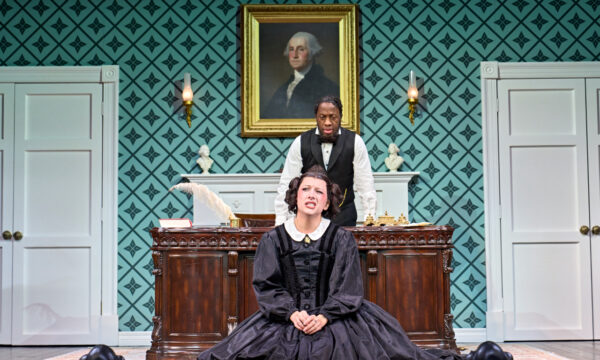





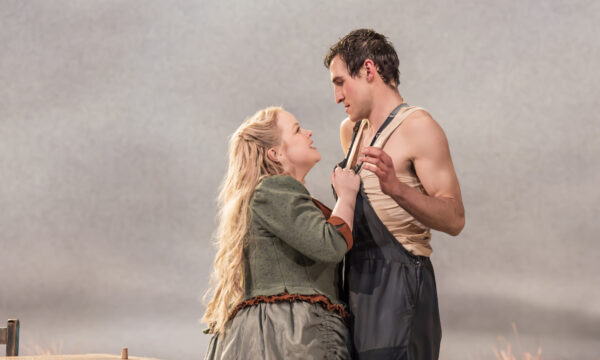

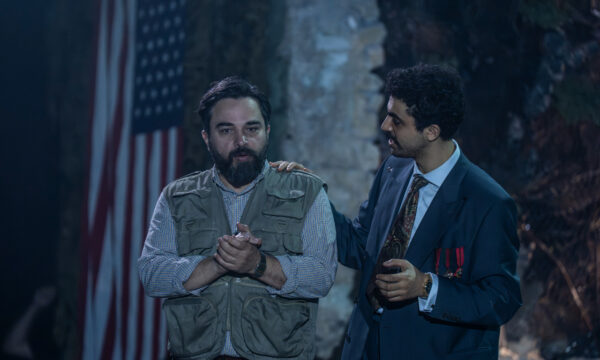


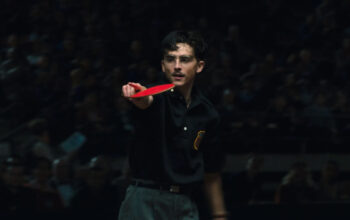





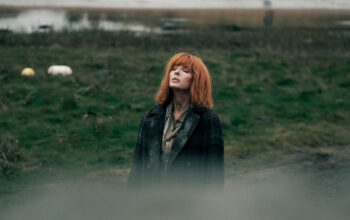
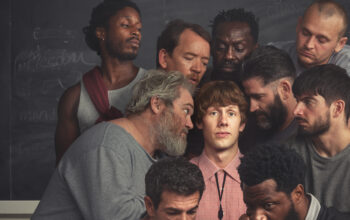



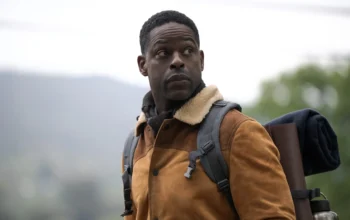

Facebook
Twitter
Instagram
YouTube
RSS